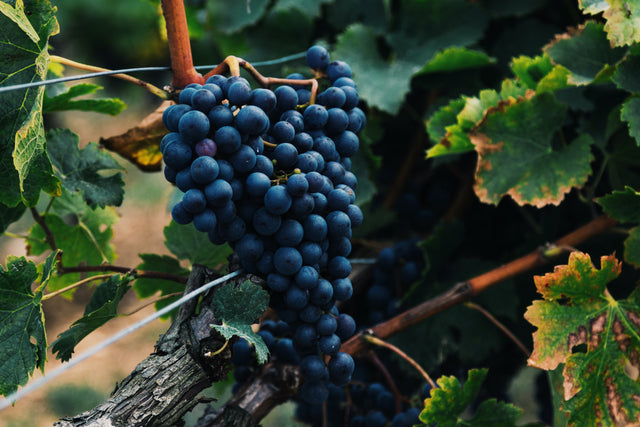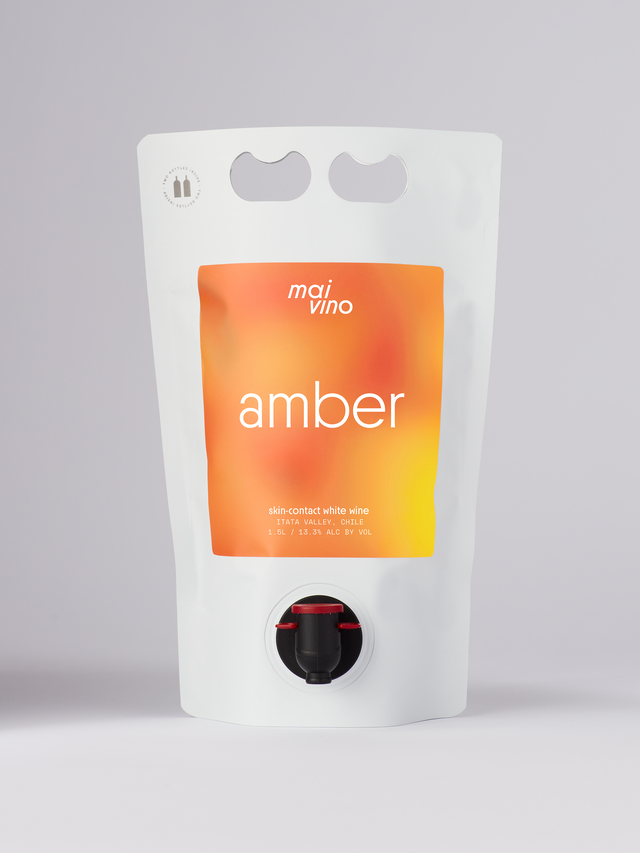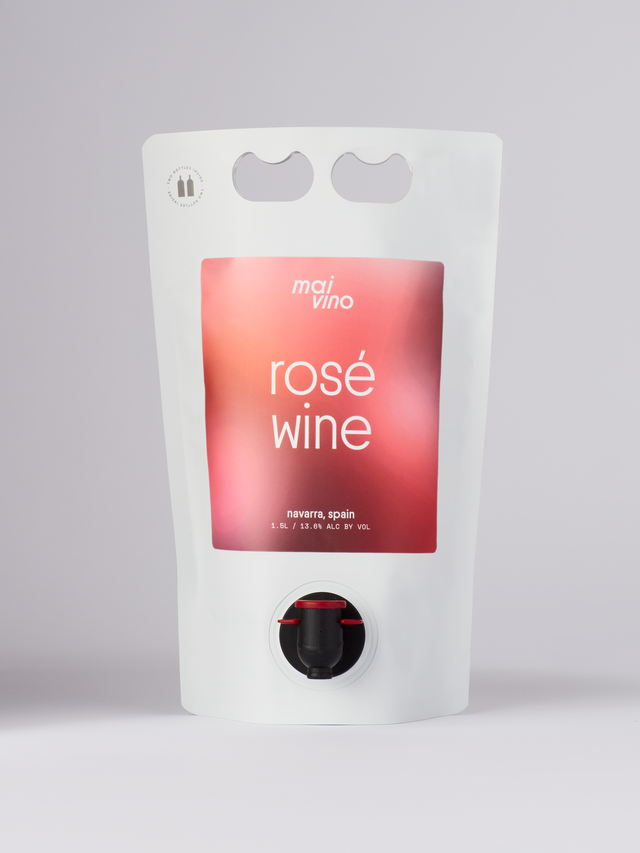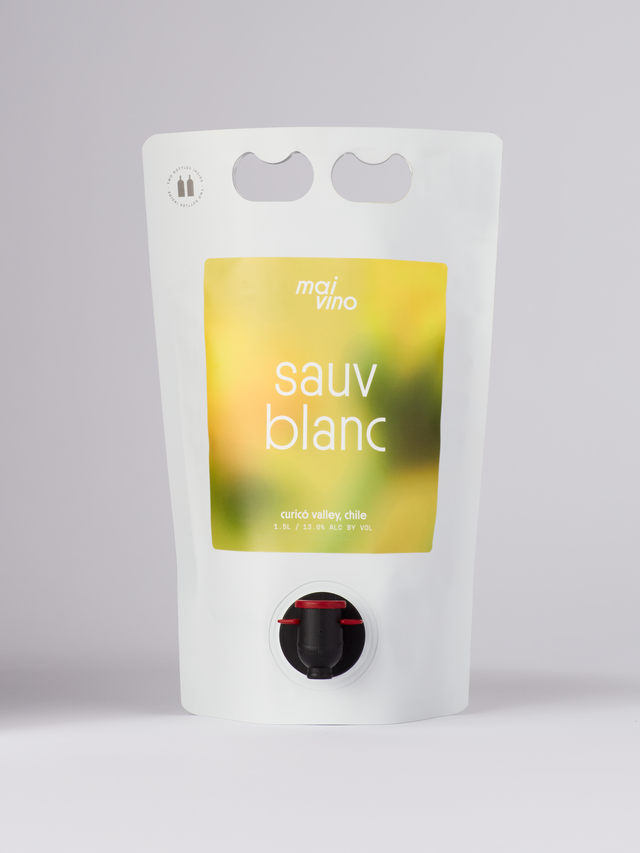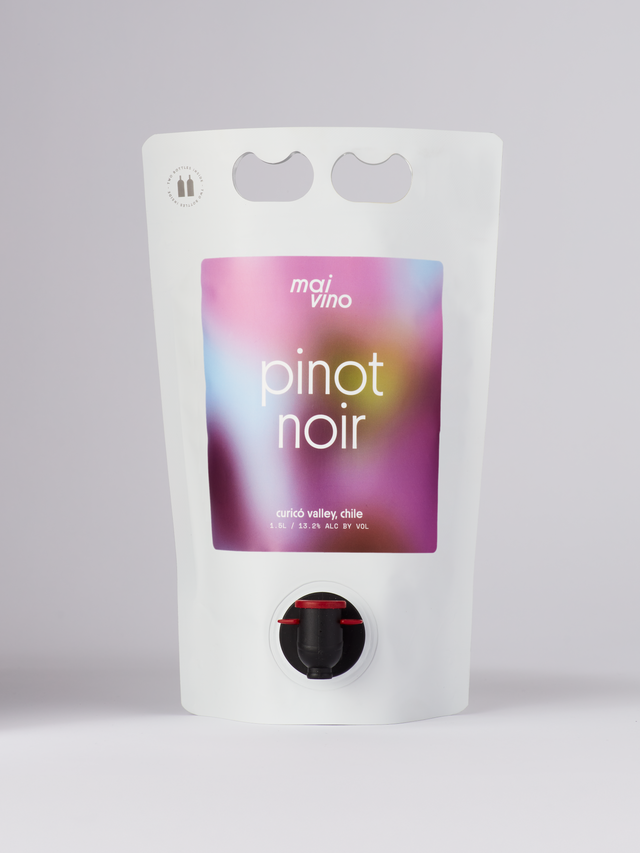Finding the Best Red Wine for You
At Mai Vino, we love trying different wines and discovering new favorites. But we understand that the wine world is vast, and it’s challenging to pick a new wine. So we have created a quick guide to help you choose your next red wine—whether you’re looking for the best red wine to buy or just curious about finding a new favorite red wine!
If you like Pinot Noir
If Pinot Noir is your go-to and you enjoy a lighter, food-friendly red wine, here are some other grape varieties to explore:
Nebbiolo
Nebbiolo is similar to an earthy Burgundy or Oregon Pinot Noir but with a bigger tannin bite. What’s a tannin? If you’re unfamiliar with it, it’s the thing that makes your lips pucker - like when you eat an unripe banana. Wines with tannins pair well with fatty things like meat, cheese, etc.
It has a similar body to Pinot Noir and the same bright red fruit aromas and flavors like currant and red cherry with an added licorice note. Most of the Nebbiolo in the world is grown in Northern Italy, most famously in the regions of Barolo and Barbaresco. However, some less famous (and less expensive) Italian regions are also producing great Nebbiolos.
Grenache
Grenache is mainly known as a grape used to make red blends, but plenty of wineries worldwide produce single varietal examples. Grenache will be a great grape to try if you like slightly heavier and fruitier styles of Pinot Noir. It’s grown all over the world in slightly different types. New world examples from Australia and California tend to be fruitier in manner. In contrast, Grenache from Spain, called Garnacha, is heavier-bodied. Lastly, French Grenache is usually blended with Syrah and Mourvedre to create wines from Southern Rhône or Côtes du Rhône, a perfect balance of red berries, spice, and savory flavors.
If you like Cabernet Sauvignon
Cabernet Sauvignon is currently one of the most famous wines in the world. Wine drinkers can’t get enough of the rich, full-bodied Cabernet produces. Whether your favorite Cabernet is from Napa Valley, Bordeaux, or Chile, here are a few similar full-bodied red wines you may enjoy:
Syrah
Syrah’s original home is the Rhône Valley of Southern France, but in recent decades Syrah has found new homes in places like California’s Central Coast and Sonoma Valley. Like Cabernet, Syrah has plenty of dark fruit flavors like black currant and blackberry, along with dark chocolate and tobacco notes. But it also has a strong note of black pepper and sometimes an interesting meaty note.
Shiraz
Shiraz is the same grape varietal as Syrah but was renamed when grown in Australia. Like Syrah, it has plenty of dark fruit and dark chocolate characteristics but is generally fruitier and oakier. In some cases, Shiraz can have more jammy or cooked fruit characteristics. Because of its fruit-forward, oak-barrel characteristics, lovers of Napa Valley Cabernet will probably also enjoy the top-quality red wine flavors Australian Shiraz has to offer.
Malbec
In recent years, Argentinian Malbec has exploded in popularity. Like Cabernet, it’s a big, rich wine that makes a perfect pairing for red meat. It has a velvety texture and can range from red to dark fruit aromas depending on the climate where it’s grown. To expand beyond Argentina, look to Southern France where Malbec is grown in a region called Cahors. Malbec from here is slightly less fruity and generally more tannic than its Argentinian version.
If you like Wines In Between
If you like medium-bodied reds, heavier than Pinot Noir, but lighter than Cabernet, try these wines. If you are confused about what a medium body red is, think of wine similar in weight to Merlot or Zinfandel.
Merlot
Merlot is known for its smooth, velvety texture and approachable character. It typically features ripe fruit flavors like black cherry, plum, and blackberry, with subtle hints of cocoa, vanilla, and occasionally herbs or tobacco. Its medium- to full-bodied profile, combined with soft tannins and acidity, makes Merlot an easy-drinking red wine that’s enjoyable on its own.
Thanks to its softness and juicy fruit, Merlot pairs well with a wide variety of dishes, from roasted chicken and duck to hearty pastas and soft cheeses. Its balance of richness and drinkability makes it a versatile wine suitable for both casual dinners and special occasions.
Sangiovese
Most people know Sangiovese by the name of its most famous region, Chianti. But Sangiovese is grown all over Tuscany and beyond; it’s the most planted grape in Italy! It’s a medium-body red wine with notes of cherry and cranberry, along with a slight savory note. It also has higher acidity than most red wine, making it an excellent wine for high acid foods.
What makes Sangiovese/Chianti stand out is its higher acidity compared to most red wines, making it an ideal companion for food, especially dishes rich in high-acid ingredients. If you're enjoying a meal with tomato-based sauces—think classic Italian favorites like spaghetti and meatballs or lasagna—Sangiovese/Chianti will be a perfect match.
For cheese pairings, opt for hard, bold, nutty varieties such as Parmigiano-Reggiano or Pecorino Romano. These robust cheeses can hold their own against the wine’s bright acidity, creating a delightful balance of flavors.
Tempranillo
Like Sangiovese, Tempranillo is better known by the region it’s commonly grown in, Rioja. This Spanish grape varietal is medium-bodied but can become full-bodied depending on the winemaker and how it’s made. In terms of taste, think black cherry, raspberry, tobacco, and oak flavors. In Rioja, the wines are divided into different classifications, so if you are looking for higher quality, longer-aged wine looks for a bottle that says Reserva, which means the wine has been aged for at least 3 years.
We hope you are on your way to finding the best red wine for you! Remember to take a look at the wines we produce on our website. We are currently selling a Pinot Noir from Chile that red wine lovers are sure to enjoy.
This Pinot Noir is hand-harvested, organically grown on original Burgundian rootstock, and fermented with indigenous yeast. This wine is less fruity than the typical South American wine.
After hand-harvesting the grapes, cold soak the wine. The grapes are crushed with stems and kept at low temperatures for five days to prevent fermentation (that's when the yeast eats the sugar in the grape juice to create wine). This process enhances the wine's aroma and adds a nice woodsy mouthfeel. Try it today and let us know what you think!

